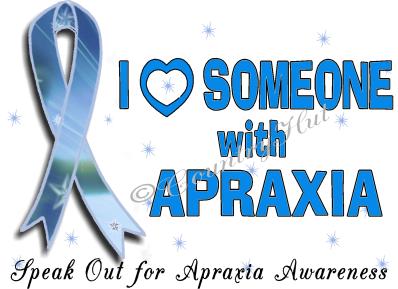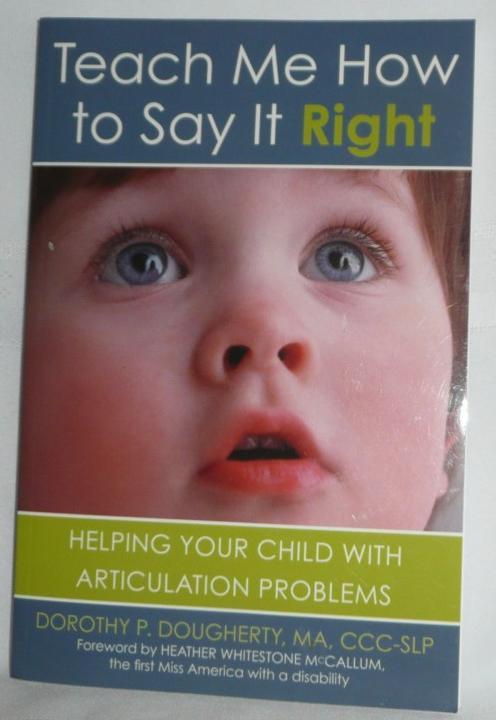Summer and vacation go together like clowns and circuses. Whether you plan to cool off at a water rollercoaster or watch ballerinas sweating it out on stage, summer vacation offers the perfect opportunity to become even closer as a family. When you have a child with a speech disorder, preparing for summer break might take a little extra time. In addition to packing all the hip new styles of summer, bring along some games and other speech therapy tools to stimulate your child’s language skills.
Apps for Apraxia
Speech Therapy TechniquesChildhood apraxia of speech (CAS) is a speech disorder in which the child understands what he is trying to say, but his brain cannot arrange the necessary muscle movements to form the sounds. Infants with apraxia may not babble. Older children may be difficult to understand, and they may have difficulty with complex phrases or longer words. The patterns of speech errors are inconsistent, as well.
As you can imagine, not being able to communicate effectively can be quite frustrating. Children with apraxia often benefit from learning sign language to communicate their needs and wants. They also tend to make better progress with speech and language while undergoing intensive, frequent speech therapy. Practice is also essential, particularly speech therapy at-home exercises. One of the tools for speech therapy you can try is the use of apps. Some speech therapy apps are intended specifically for children with apraxia.
Summer Reading: Articulation Resources
Pronunciation & Lisps Speech Therapy TechniquesAs the parent or caregiver of a child with a speech disorder, you try to make sure that he has all the speech therapy tools he needs to succeed. Speech therapy at-home exercises are also important, but when your child is bored to tears with flashcards, it’s time for some new ideas to keep your young audience engaged. Check out the following books on articulation to learn more about your child’s speech disorder and to get some fresh ideas for speech therapy for kids at home.
Humanizing Special Ed
Individualized Education Program (IEP)It’s easy for parents and educators alike to get lost in the Individualized Education Program (IEP) process and the numerous Individuals with Disabilities Education Act (IDEA) regulations. In an IEP meeting stuffed full of lawyers, speech therapists, occupational therapists, educators, and administrators, where exactly does your child fit in? Sure, the entire meeting is about his speech disorder and particular needs, but in a sea of acronyms (ESY, FAPE, S/LI, and TSS, to name just a few) it can be easy for the IEP team to forget that there is an actual child at the heart of all that jargon. No one knows your child and his speech therapy needs better than you and your partner. You’ve looked after his health from conception onward and made sure he had everything from healthy foods to speech therapy tools. So when it’s time to advocate for him in an IEP meeting and elsewhere at school, make sure that the people who are discussing his education actually know who he is.
An Interview with Gavin Bollard
InterviewsIn 2006, Gavin Bollard’s eldest son was diagnosed with Asperger’s syndrome. When Gavin began researching Asperger’s, he realized that much of what he read about it applied to himself. Subsequently, Gavin was also diagnosed with Asperger’s. (Gavin had worked with a speech therapist as a child, despite not being diagnosed until adulthood.) Later, Gavin’s younger son was also found to have autism spectrum disorder (ASD). Gavin Bollard blogs about his family’s life with Asperger’s syndrome at Life with Asperger’s. In particular, Gavin emphasizes the importance of celebrating every child’s uniqueness, whether or not they are diagnosed with ASD. Read on to find Gavin’s tips for parents who are new to the Individualized Education Program (IEP) process and his advice on helping children with Asperger’s.





